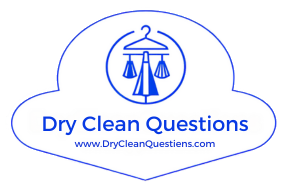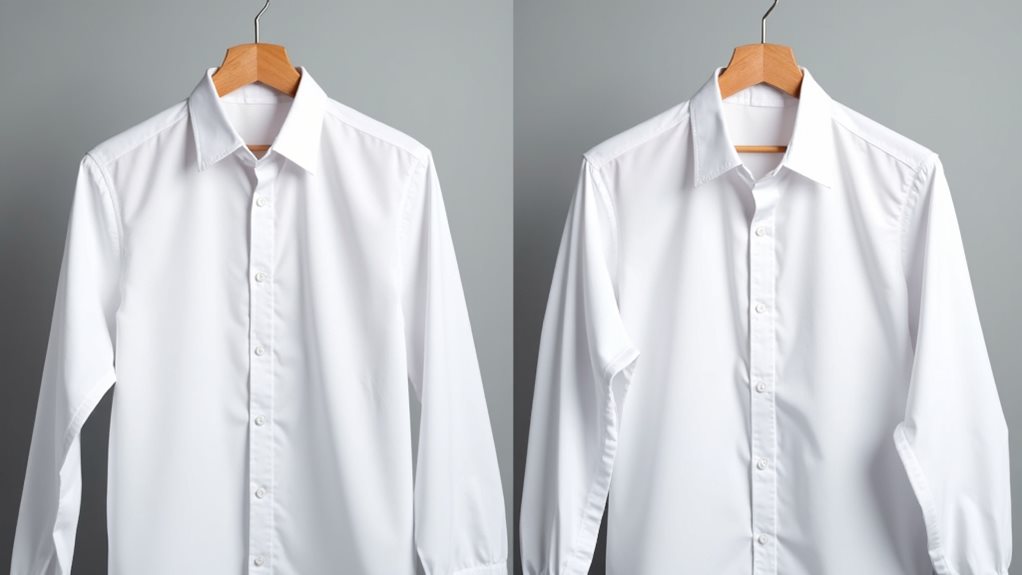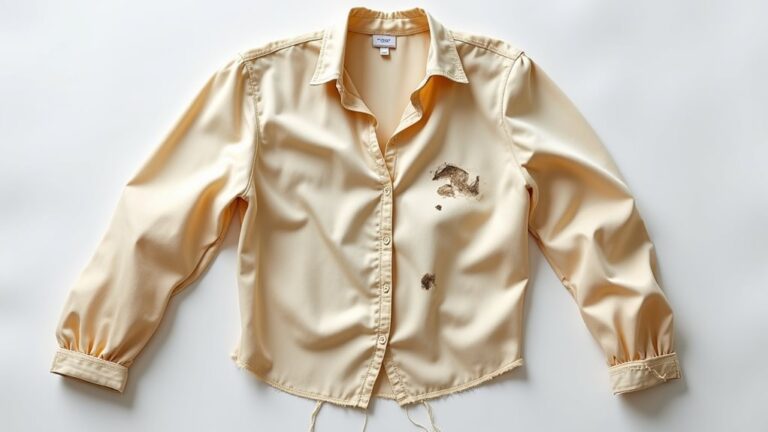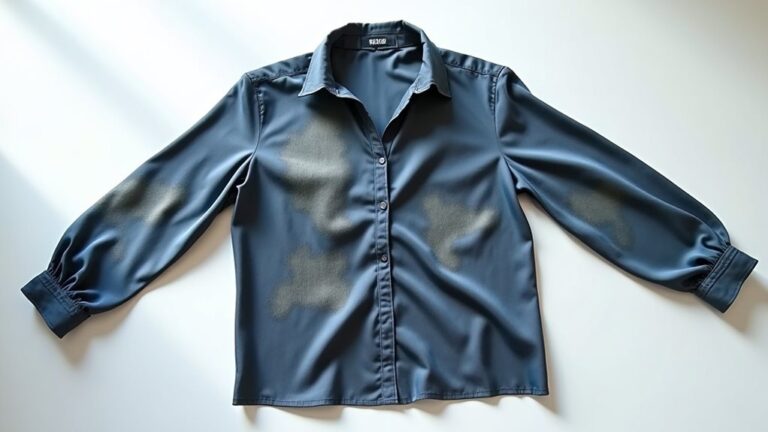Neither dry cleaning nor washing is universally “better” – it’s like asking whether a hammer or screwdriver is superior, when you really need the right tool for each job. Dry cleaning excels with delicate fabrics like silk and wool, plus oil-based stains, while washing tackles everyday cotton items and water-soluble messes effectively. Your fabric type, stain nature, and garment construction should guide your choice, and understanding these nuances will transform how you care for your wardrobe.
Understanding the Fundamental Differences Between Dry Cleaning and Washing
When I first moved into my own apartment, I’ll admit I was pretty clueless about garment care – I threw everything into the washing machine with reckless abandon, only to discover my favorite wool sweater had transformed into something that might fit a toddler 😅.
That’s when I learned the fundamental difference between dry cleaning and washing isn’t just about convenience, it’s about understanding what your clothes actually need.
While washing uses water and detergent to tackle everyday stains like sweat and food spills, dry cleaning employs specialized solvents that are incredibly effective at removing oil-based stains without damaging delicate fabrics.
The dry cleaning process helps maintain garment quality by preventing the fiber swelling that water causes, preserving the shape and structure of your favorite pieces.
The process typically involves pre-treating stains, immersing garments in a solvent bath, and then drying and pressing to restore their original appearance.
Which Fabrics and Garments Benefit Most From Each Method
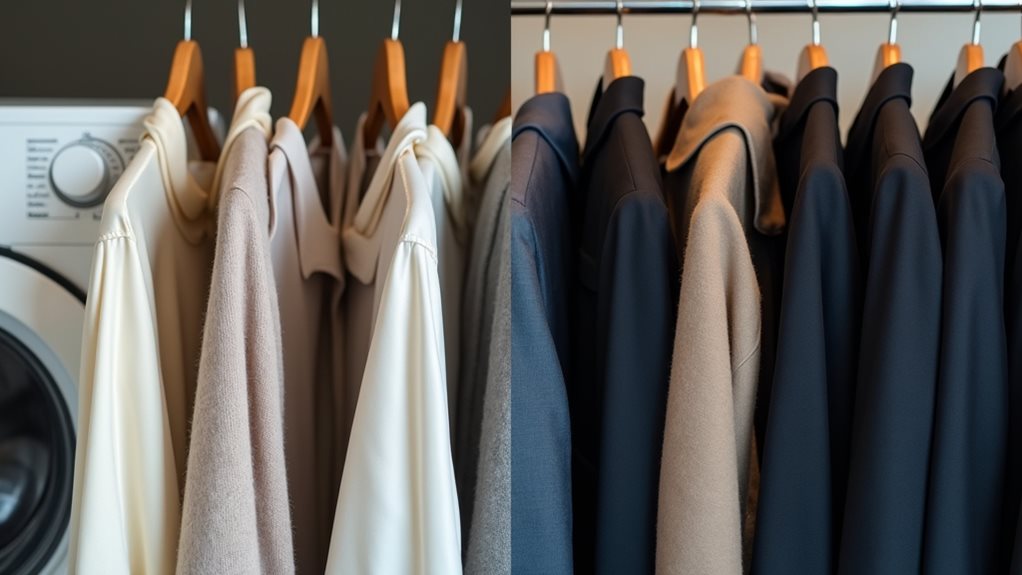
Three years into my adulting expedition, I’ve learned that choosing between dry cleaning and washing isn’t a guessing game – it’s about reading the signals your clothes are sending you.
Your delicate fabrics like silk, wool, and cashmere are basically crying out for dry cleaning because they’re terrified of water-related damage, shrinkage, and color bleeding disasters.
Meanwhile, your everyday cotton champions and sturdy linens practically beg for machine washing since they need that deep-cleaning action to tackle sweat and grime.
When you spot garments with sequins, lace, or pleated fabrics, they’re screaming “dry clean me!”
And honestly, always check that care label – it’s your clothing’s instruction manual, especially for suits and formal wear.
Structured blazers and suits with interfacing also benefit from dry cleaning because chemical solvents preserve their shape and prevent damage from the agitation of conventional washing.
Comparing Effectiveness for Stain Removal and Fabric Care
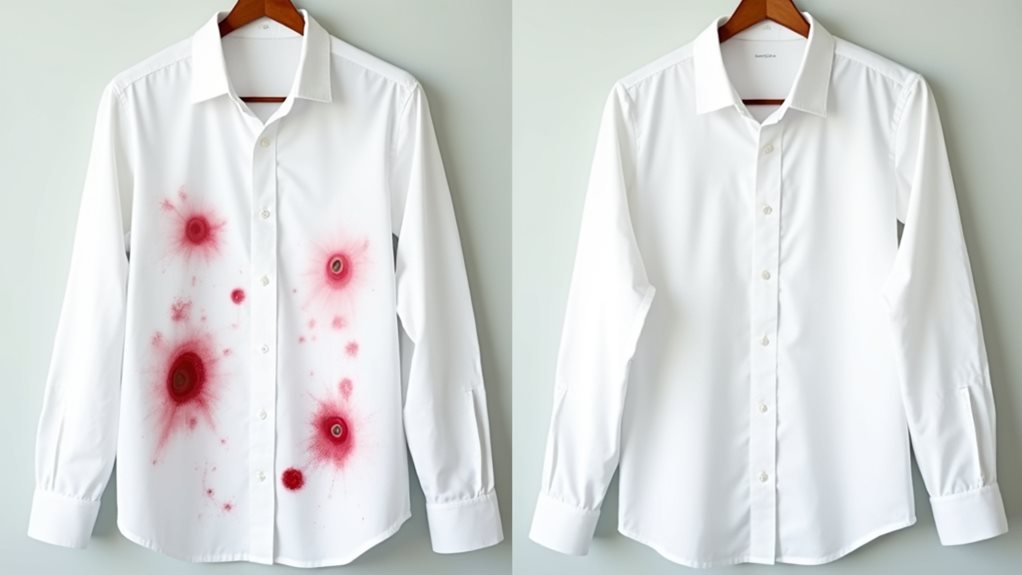
After ruining my favorite white blouse with a stubborn marinara sauce incident last summer, I discovered that the battle between dry cleaning and washing really comes down to understanding what type of enemy you’re fighting.
When you’re dealing with oil-based stains like grease or makeup, dry cleaning becomes your secret weapon because those chemical solvents are exceptionally effective at removing what your washing machine simply can’t touch.
However, if you’re battling everyday sweat and dirt, your trusty washing machine wins every time with its water-and-detergent combo.
For delicate fabrics like silk or wool, a professional cleaner will help maintain their quality far better than any home cleaning method, preserving both color and shape while extending your garment’s lifespan considerably.
The most common dry cleaning solvent, perchloroethylene, has been widely used for decades, though many cleaners are now transitioning to newer eco-friendly alternatives that provide similar cleaning effectiveness.
Cost Analysis and Environmental Impact Considerations

While I’ll admit that my wallet has felt the sting of dry cleaning bills more times than I’d care to count, understanding the true cost of keeping our clothes pristine goes far beyond what we pay at the counter.
A thorough cost analysis reveals that dry cleaning services typically charge $10-30 per garment, while home washing costs mere pennies through water and detergent.
However, the environmental impact considerations tell an equally important story – those chemical solvents used in traditional dry cleaning can harm both your health and our planet.
Today’s energy-efficient models make home washing increasingly attractive, especially when you factor in garment frequency and durability.
Switching to eco-friendly detergents further reduces long-term expenses while protecting the environment we all share.
Traditional dry cleaning relies on perchloroethylene (PERC), a chemical solvent that can leave residues on clothing and pose health risks including skin irritation and respiratory issues with prolonged exposure.
Making the Right Choice for Your Specific Cleaning Needs
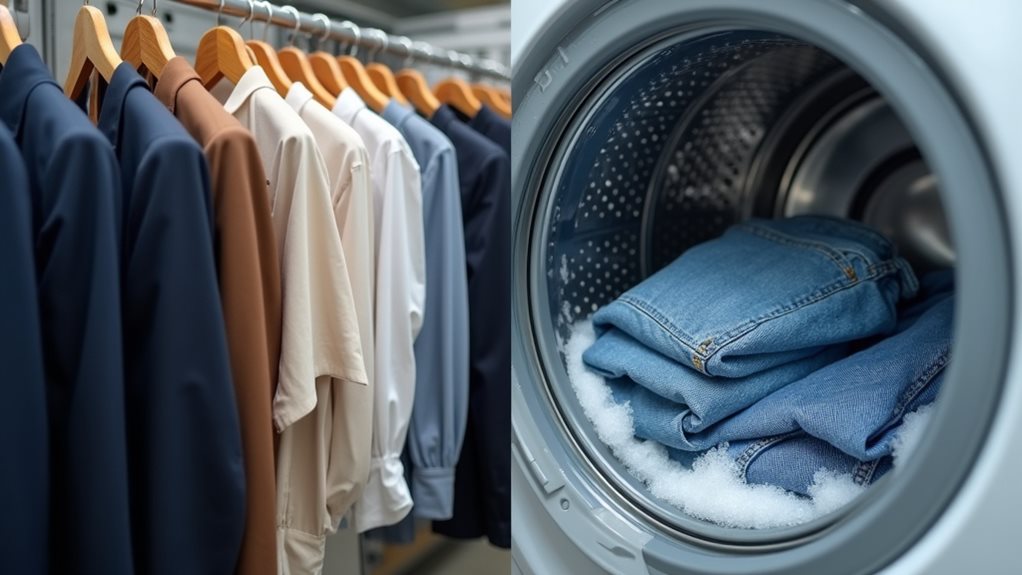
How do you determine whether your favorite cashmere sweater deserves the royal treatment of dry cleaning, or if your trusty cotton t-shirt can handle another spin in your home washer?
The answer lies in reading those tiny cleaning instructions like they’re treasure maps 🗺️.
When you’re dealing with delicate fabrics like silk or wool, dry cleaning becomes your fabric’s best friend, protecting its integrity while maintaining quality.
Oil-based stains practically beg for professional solvents that penetrate deeper than your home detergent ever could.
Consider your garment construction too—those fancy pleats and intricate linings need special care.
Dry cleaning uses chemical solvents instead of water to remove stains and dirt while preserving fabric integrity, shape, and texture.
The wash vs dry clean decision ultimately depends on your specific cleaning needs, fabric type, and whether you want your clothes looking fresh or, well, like they’ve been through a washing machine tornado.
